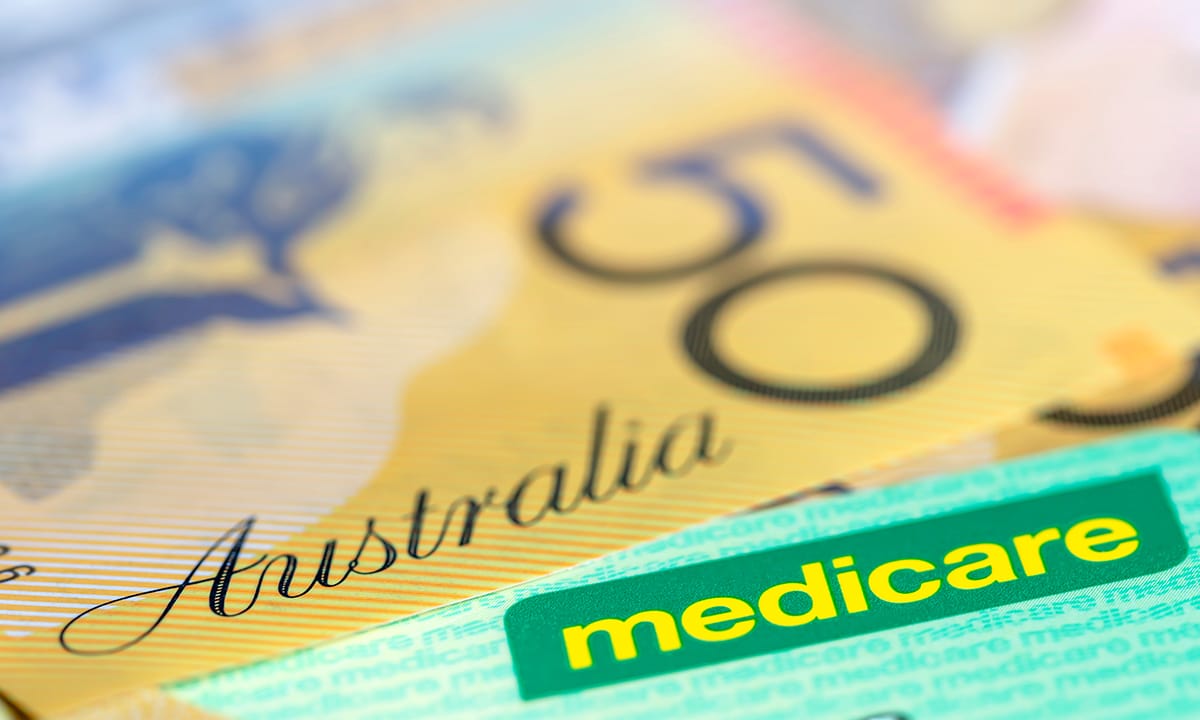Beachfront properties in Australia represent the pinnacle of lifestyle, investment, and architectural sophistication. From the sparkling shores of Queensland to the rugged coastline of Western Australia, owning or investing in beachfront real estate is more than a dream—it’s a thriving segment of the Australian property market. As demand continues to surge post-pandemic, coastal living is being redefined, with buyers seeking not only beauty but also value, sustainability, and long-term returns. According to CoreLogic, median property values in high-demand beach suburbs have climbed steadily, with some areas seeing over 80% capital growth in the past decade. The growing appetite for sea-adjacent residences is not just a local trend—it’s attracting international buyers and remote workers alike, especially in hubs like Byron Bay, Bondi, and Noosa.
Australia’s vast coastline offers an extraordinary variety of oceanfront lifestyle opportunities. Luxury seekers gravitate toward exclusive enclaves such as Point Piper, where listings often surpass $40 million, while family buyers and retirees are uncovering value in lesser-known gems like Yeppoon and Moonta Bay. Platforms like Domain and realestate.com.au report a noticeable increase in searches for beachfront homes priced under $600,000, especially in regional locations. The regional coastal market has experienced a boom, with ABS migration data showing 35,000 Australians relocated to seaside towns in the past year, drawn by affordability, serenity, and lifestyle appeal.
But the attraction doesn’t end with affordability or prestige. Beachfront properties in Australia are now leading the charge in green building innovation. Companies like Ecoliv and Modscape are crafting homes that are not only stunning but also resilient to climate change, with integrated solar, rainwater harvesting, and cyclone-resistant structures. Data from the Clean Energy Council highlights that 42% of new coastal builds in Queensland now incorporate solar panels, and passive design principles are cutting energy use by up to 70%. These eco-conscious designs are not reserved for niche markets—they’re becoming mainstream, a trend echoed in reports by ArchitectureAU and The Urban Developer.
The investment case is equally strong. Whether through capital appreciation or high-yield holiday rentals, beachside real estate provides robust returns. In tourist-heavy suburbs such as Palm Cove or Glenelg, properties generate rental yields of 5.5% to 6.5%, according to data from SQM Research. With local councils investing millions in infrastructure, such as the $74 million coastal upgrade initiative by the NSW Government outlined on NSW Planning, buyers are witnessing both livability improvements and increased land values. Additionally, tax incentives, depreciation benefits, and consistent demand help solidify beachfront homes as solid long-term investments.
Whether you’re seeking high-end coastal luxury, an eco-smart design, or a hidden gem with rising value, Australia’s beachfront real estate market offers something for every vision and budget. This dynamic sector is not just weathering market shifts—it’s thriving, adapting, and drawing buyers into a new era of coastal living.
Luxury Coastal Living Across the States
Prestigious Neighborhoods by the Sea
From Sydney’s exclusive Point Piper to the Gold Coast’s Mermaid Beach, beachfront properties in Australia offer some of the most sought-after addresses. Point Piper homes often surpass $40 million, while Mermaid Beach properties average $3.2 million, according to CoreLogic 2024 reports.
Architectural Excellence and Amenities
Modern beachfront mansions come with infinity pools, private beach access, floor-to-ceiling windows, and even personal cinemas. A recent Sotheby’s listing in Noosa Heads featured a $17.5 million home with six bedrooms and a 25-metre lap pool.
High-End Demand and International Buyers
The luxury market remains strong, with foreign buyers accounting for 8% of all luxury coastal home sales in New South Wales in 2023. Many buyers from China, the United States, and the United Kingdom are investing in beachfront properties in Australia for both lifestyle and capital growth.
Rental Yields for High-End Listings
Luxury beachfront properties in Byron Bay command holiday rental rates of $2,000 to $5,000 per night, especially during peak seasons, contributing to high short-term rental yields of up to 6.5% annually.
Lifestyle Perks of Coastal Prestige
Access to world-class surf, gourmet dining, and vibrant cultural scenes makes properties in areas like Bondi and Noosa incredibly appealing. For many, owning beachfront properties in Australia is as much about lifestyle as it is about financial gain.
Investment Potential of Beachfront Real Estate
Strong Long-Term Capital Growth
Data from Domain shows that over the past 10 years, beachfront suburbs like Coogee (NSW) and Scarborough (WA) have seen capital growth rates exceeding 80%. This solidifies the appeal of beachfront properties in Australia as long-term investments.
Rental Income and Seasonal Demand
Popular holiday spots such as Palm Cove in Queensland can generate an average annual rental return of 5.8%, particularly when listed on platforms like Airbnb or Stayz. Beachfront properties in Australia serve as ideal short-stay accommodations.
Low Vacancy and High Occupancy Rates
Coastal properties generally maintain occupancy rates above 75% in peak seasons. Suburbs like Glenelg in South Australia boast low vacancy rates of 1.2%, contributing to consistent rental income streams.
Government Infrastructure Boosts
State and local governments are investing in coastal areas with new transport, amenities, and tourism initiatives. For instance, the NSW Government allocated $74 million in 2024 for coastal resilience and upgrades, increasing the appeal of beachfront zones.
Tax Benefits for Investors
Depreciation on property and furniture, along with capital gains tax discounts, allows investors to reduce taxable income while capitalizing on appreciation. These incentives have encouraged more Australians to invest in beachfront properties in Australia.
Affordable Beachside Suburbs You Should Know
Hidden Gems with Lower Entry Costs
While Bondi Beach may be out of reach, suburbs like Yeppoon (QLD), Moonta Bay (SA), and Portland (VIC) offer beachfront homes under $600,000, making them ideal for first-time buyers or retirees seeking value.
Rising Demand in Regional Areas
According to CoreLogic, regional coastal suburbs saw a 17.1% price increase in 2023. Affordable beachfront properties in Australia are becoming hotspots for young families and downsizers alike.
Liveability Meets Budget
These affordable beach suburbs often boast walkability, schools, and essential amenities. Yeppoon, for example, ranks high in liveability while offering median house prices around $475,000.
Migration from Urban to Coastal Living
Post-COVID migration patterns show a significant shift, with 35,000 Australians moving to regional coastal areas between 2022 and 2023. Many were drawn by the affordability of beachfront properties in Australia compared to major city prices.
Development and Gentrification Trends
Suburbs like Victor Harbor (SA) and Eden (NSW) are undergoing gentrification, with local councils investing in upgraded promenades and beach infrastructure. This points to future growth potential in these areas.
Sustainability and Design Trends in Oceanfront Homes
Eco-Friendly Materials and Builds
Beachfront properties in Australia are increasingly incorporating recycled materials, green roofs, and energy-efficient insulation. Builders like Ecoliv and Modscape report a 35% increase in demand for eco-conscious beach homes in 2024.
Solar Integration and Off-Grid Living
More than 42% of new beachfront homes in Queensland now include solar panels, according to the Clean Energy Council. Battery storage and water recycling systems are also becoming common, reducing reliance on municipal infrastructure.
Passive Design for Coastal Climates
Designers use natural ventilation, thermal mass, and strategic window placement to maximize energy efficiency. Passive homes can reduce energy bills by up to 70%, while maintaining comfort year-round.
Resilience to Climate Change
With rising sea levels and extreme weather events, modern beachfront homes are built on elevated slabs, using cyclone-rated materials. The Australian Building Codes Board mandates stricter codes in high-risk coastal areas, impacting new builds since 2023.
Smart Home Tech Meets Nature
Sustainability now blends with luxury, as smart sensors regulate indoor temperature and lighting in response to outdoor conditions. This trend is shaping the next generation of beachfront properties in Australia, where environmental impact and comfort go hand in hand.




